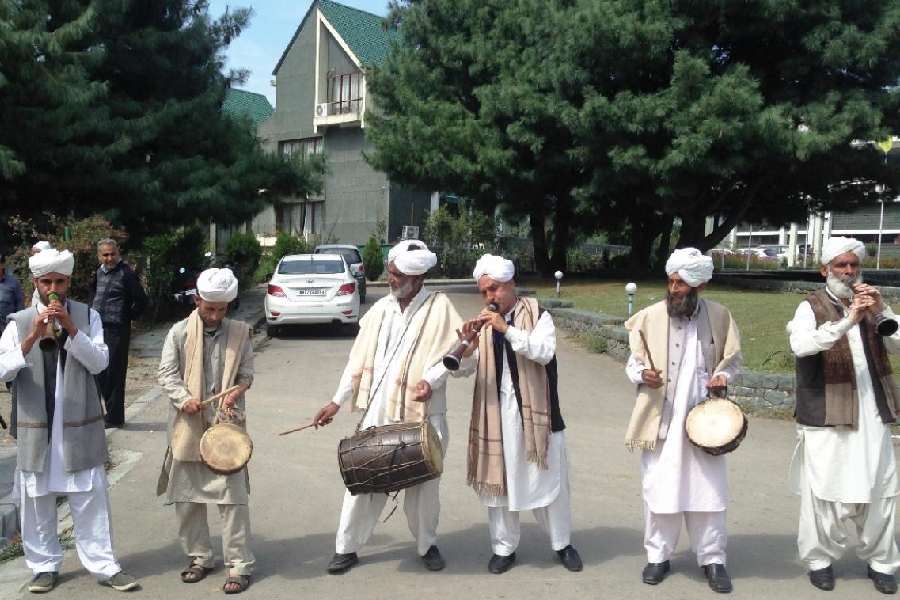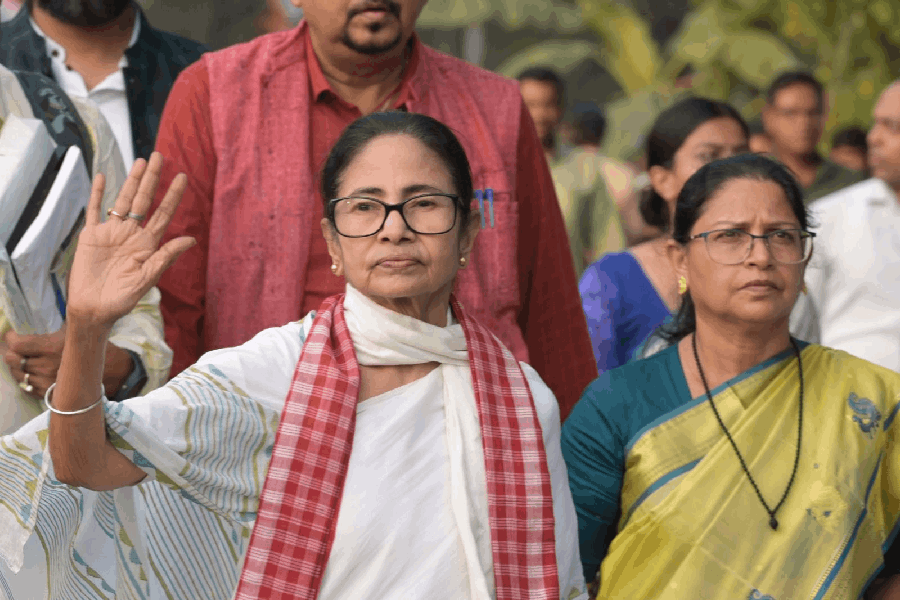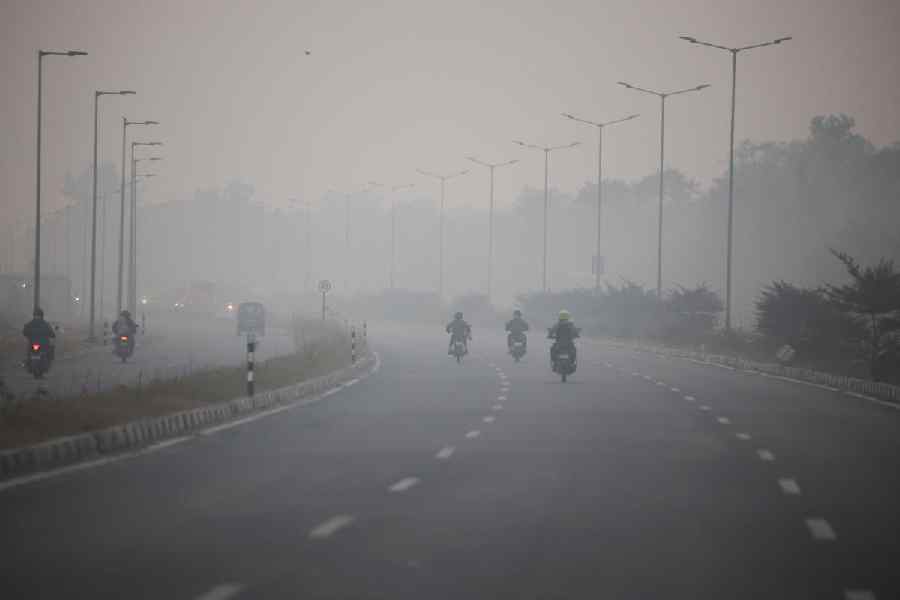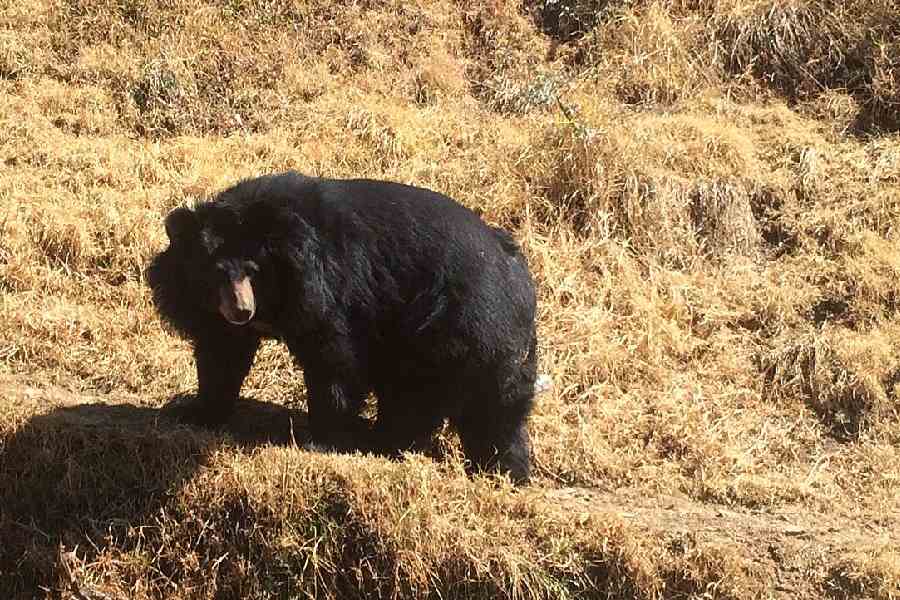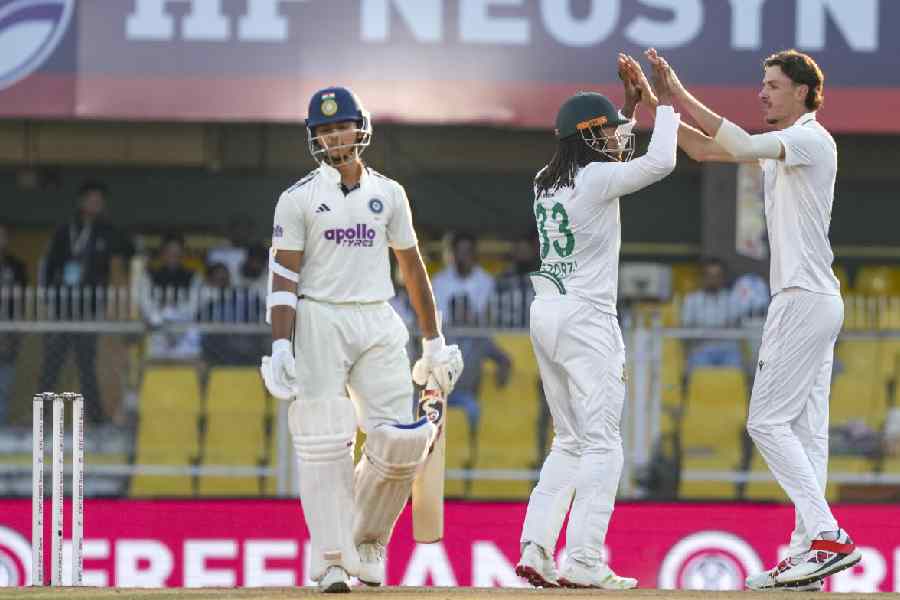Book: DAPAAN: TALES FROM KASHMIR’S CONFLICT
Author: Ipsita Chakravarty
Published by: Context
Price: Rs 699
Dapaan — meaning ‘it is said’ — is a Kashmiri word that evokes the fragile yet resilient power of storytelling. Traditionally used to describe events, happenings, or rumours, it gained a new resonance in Kashmir after the outbreak of insurgency in 1989, becoming a tool to narrate the uncertainties of everyday life, shifting realities, and collective anxieties. Ipsita Chakravarty’s book captures how this linguistic and cultural strategy allows ordinary Kashmiris to assert agency, preserve memory, and resist the flattening effect of official histories. The book is more than reportage; it is a tribute to storytelling as a means of survival, resistance, and preserving collective memory in a deeply contested space where words often outlive violence and silence.
Chakravarty documents what Kashmiris simply call the halaat, the conditions of uncertainty and change that permeate daily existence. She shows how jokes, rumours, songs, and folktales circulate within this environment, becoming both coping mechanisms and archives of lived reality. What may appear fleeting or inconsequential in ordinary times takes on profound meaning when stories become a way of holding on to a sense of community, identity, and history. As Chakravarty writes, in this dystopian landscape of Orwellian proportions, ordinary domestic spaces get transformed into archives of trauma and strategies of concealment, truth itself becomes a casualty, and storytelling risks being criminalised. In such contexts, a narrative is not just a mode of entertainment but also a subtle act of endurance.
The book is also an exploration of counter-history. Chakravarty juxtaposes the official accounts of the Indian and Pakistani nation-states — these, quite often, get reduced to a dispute about territory — with the tehreek histories of the Kashmiris themselves that centre the experiences and the voices of people living through conflict. In these stories, she illustrates how Kashmiri culture has long nurtured forms of narrative dissent, from Dastangohs and Ladi Shahs to Bhands and folk artists, each performative tradition chronicling oppression and asserting an enduring cultural memory. Storytelling emerges as both a cultural practice and a political act, a way to survive repeated attempts at silencing and erasure.
Chakravarty’s reportage is meticulous, her prose lyrical and precise. She weaves humour, melancholy, inventiveness, and mythology to centre Kashmiri voices, capturing their resilience as well as their pain. The book foregrounds everyday experiences, humble acts of endurance, whispered stories, and the persistence of memory as a counterweight to the grand narratives of war and politics. In doing so, it restores agency to those who are often reduced to statistics or passive subjects in the dominant discourses.
While Chakravarty’s positionality as a journalist and an outsider is evident, she navigates it with care, allowing Kashmiri voices to resonate and often stepping back to let lived experiences speak for themselves. Yet, the book also leaves space for further exploration: for instance, women’s experiences of militarisation and the gendered dimensions of survival could have been more fully illuminated. Nevertheless, Dapaan succeeds in presenting a nuanced, multi-layered narrative that honours the complexity of life under prolonged conflict.
Ultimately, Dapaan is a searing testament to the enduring power of narrative. In documenting Kashmiris’ counter-histories, everyday lives, and subjective experiences, Chakravarty reminds us that storytelling is itself a form of resistance. It bears witness to memory, defies erasure, and affirms the humanity of those living at the margins of both history and the State. For readers seeking to understand Kashmir beyond headlines and official accounts, Dapaan offers an intimate, unsettling, and unforgettable journey into the heart of a land where tales are both fragile and fierce and profoundly transformative, keeping alive histories that might otherwise be forgotten.

